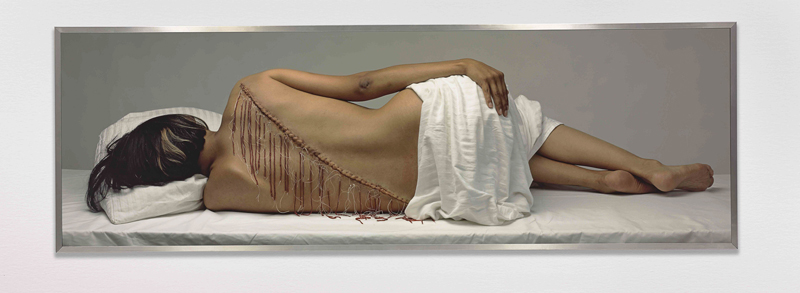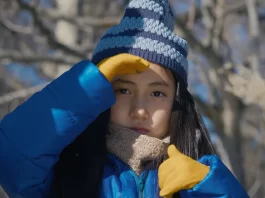
Sakahàn is, in a word, monumental.
The largest exhibit the National Gallery of Canada (NGC) has ever undertaken, it fills the entirety of the institute’s special galleries. Sakahàn also spills and sprawls into the contemporary galleries, the prints, drawings and photographs department, and several outdoor public spaces, making it the largest survey of contemporary indigenous art ever.
Running all summer from May until September, visitors can enjoy and experience more than 150 artworks from 80 artists residing in 16 different countries.
While seemingly daunting, the exhibit avoids fatigue or confusion due to the undeniable energy the artworks emit, engaging not just their audience, but each other as well.
Christine Lalonde, the NGC’s Associate Curator of Indigenous Art, explained that the phenomena of dialogue created between artworks was welcome but unexpected.
“We have been surprised by some of the striking connections that happen between the artworks as they’re installed,” Lalonde said. “Artists who have perhaps never known each other or exhibited together, their artworks in the same room start a conversation.”
This sense of community and familiarity is something that is mirrored in the artists’ relationships with each other.
Maika’i Tubbs, a contemporary artist living and working in Honolulu, Hawaii, said that despite the difference in geography, all the artists involved in Sakahàn have been nothing short of family.
“That’s one of the great things about being with other indigenous people: no matter how far away . . . there’s always someone in common there.”
Tubbs’ piece, “A Life of Its Own, 2013,” is a sculptural installation that exudes alluring minimalism. Comprised of melted plastic forks, spoons, and knives, it is crafted to look like a wood rose vine, a plant native to Hawaii that is both beautiful and aggressively intrusive. It is a rumination on the parallels between plastic and the plant itself.
“I view plastic as this invasive creature that people tend not to pay attention to too much,” said Tubbs. “But it’s a beautiful material that people are attracted to.”
While Tubbs’ piece touches on environmental issues, the underlying theme of Sakahàn and all its artworks is what it means to be indigenous today.
“It’s about enriching our shared human culture in the present,” explained Marc Mayer, the director of the NGC.
“I think one of our curators said it best: these artists are exemplars of their history and of their cultures and traditions, and yet they very much live in the present. These are modern people who have a different relationship with history.”
Mayer said the process of creating Sakahàn, which was a four year-long project, has entirely changed the way that he and the curators view contemporary art.
“I now realize that I had a very narrow perspective on it that was very much determined by the specific history that I was educated in. Contemporary art is not what I thought it was.”
This new view of contemporary art is one that is much more inclusive and historically beneficial, said Mayer, allowing art audiences and creators to live in the past and the present.
Exclusion is all but eliminated when the definition of contemporary art is taken out of a European context and characterized as simply art made by the living. By doing so, contemporary art is a vehicle for exploration and freedom.
This, ultimately, is what Sakahàn is: a monumental exploration into our pasts, ourselves, and our futures.



